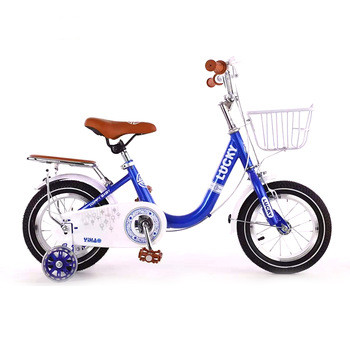Dec . 05, 2024 17:48 Back to list
Transitioning from Balance Bikes to Pedal Bikes for Young Riders
Transitioning from Balance Bike to Pedal Bike A Seamless Journey for Young Cyclists
Learning to ride a bike is a rite of passage for many children. It is often marked by the transition from a balance bike to a pedal bike, a process that can be thrilling yet daunting for both kids and parents alike. However, understanding the dynamics of this transition can turn what might seem like a complex journey into a joyful experience filled with confidence-building and skill development.
Understanding Balance Bikes
Balance bikes have gained popularity over the years as an effective tool for young riders. Unlike traditional bikes, balance bikes do not have pedals. This innovative design encourages children as young as two or three to develop their balance, coordination, and steering skills. When riding a balance bike, children learn to propel themselves using their feet, which fosters an intuitive understanding of bike dynamics without the added complication of pedaling. This foundational experience allows young cyclists to focus solely on maintaining stability and directing their movements.
The Benefits of Balance Bikes
The advantages of balance bikes extend beyond just balance learning. These bikes are typically lighter than traditional pedal bikes, making them easier for younger children to manipulate. Balance bikes also eliminate the fear and frustration that can accompany traditional training wheels, as children can confidently explore their surroundings, gaining a sense of independence. The design encourages practice, as kids can simply get up and run or walk when they feel unsteady, allowing them to gain confidence gradually.
Transitioning to a Pedal Bike
balance bike to pedal bike

The transition from a balance bike to a pedal bike can often feel seamless. Many children who master a balance bike find the transition to a pedal bike much easier than anticipated. Since they have already developed a strong sense of balance and coordination, they are less likely to experience the common challenges associated with learning to ride on two wheels.
1. Choosing the Right Pedal Bike The first step in this transition is selecting the right pedal bike. A bike that is the correct size will make it easier for the child to handle—it should allow them to place their feet flat on the ground while sitting on the saddle. Some parents opt for lightweight bikes with a single gear for ease of use, especially for younger children.
2. Riding Practice Once the bike is chosen, the next phase involves practice. Parents can initially encourage their children to start with just the pedaling and brake components. Parents can help by holding the back of the seat, giving the child a sense of security as they begin to learn to pedal while maintaining their balance.
3. Building Confidence As children grow more comfortable, parents can gradually reduce the support. The goal is to create an environment where the young cyclist feels secure enough to experiment with pedaling and steering on their own. It’s essential to celebrate their successes, no matter how small, to bolster their confidence.
4. Safety First To ensure a safe learning experience, parents should always encourage children to wear safety gear such as helmets, knee pads, and elbow pads. Teaching them about road safety and awareness of their surroundings is also crucial as they gain independence in cycling.
Conclusion
The transition from a balance bike to a pedal bike not only marks a significant milestone in a child's development but also fosters a lifetime of cycling enjoyment and fitness. By embracing this journey and encouraging independence while ensuring safety, parents can help their children cultivate a love for biking. With each pedal stroke, children not only learn to ride but also build resilience, confidence, and a sense of adventure that will serve them well in all aspects of life.
-
Premium Wooden Tricycle for Kids | Safe & Eco Play
NewsAug.01,2025
-
Wooden Tricycle for Kids | Safe, Eco-Friendly Ride
NewsJul.31,2025
-
Wooden Tricycle for Kids - Vintage & Two Seater Options Wholesale
NewsJul.29,2025
-
Wooden Tricycle for Kids – Vintage & Two Seater Wholesale Options
NewsJul.28,2025
-
Premium Wooden Tricycle for Kids – Safe, Stylish, Two Seater Options
NewsJul.27,2025
-
Wooden Tricycle for Kids - Vintage & Two Seater Options, Wholesale Available
NewsJul.26,2025
